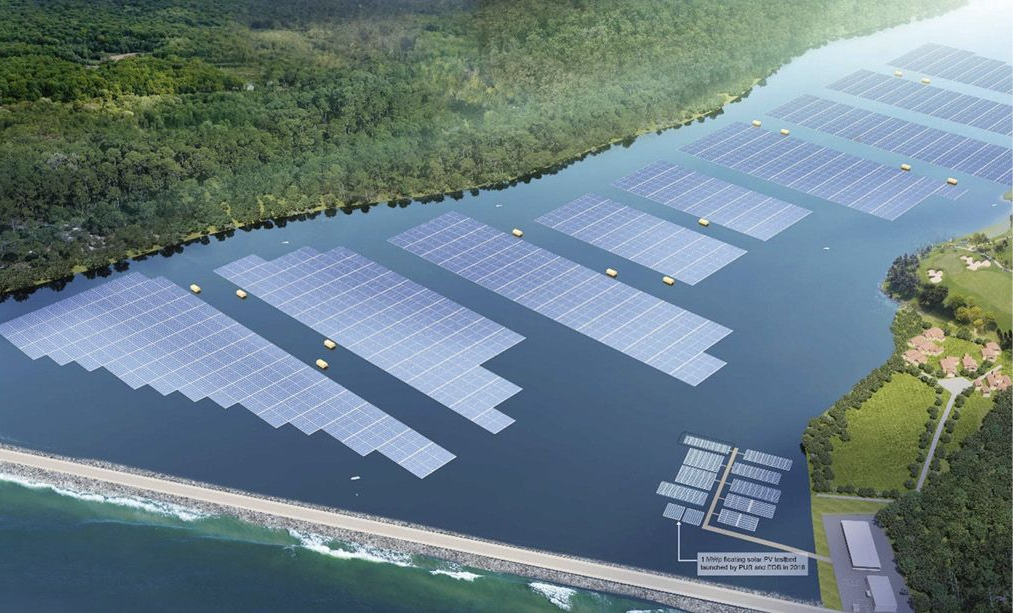From pv magazine ISSUE 10/23
Over the last decade, Southeast Asia experienced a rapid surge in solar installations that, in some countries inexorably lost momentum due to a lack of grid capacity and uncertainty around tariffs and offtake agreements, notably in Vietnam and Thailand. Other Southeast Asian countries, such as the Philippines, have managed more continuity and have remained reasonably attractive to specialised renewable energy players despite much slower progress. Overall, progress in many Southeast Asian countries is still hampered by changing local content requirements, opaque permitting, and traditional energy market structures – especially for less specialised market players. Plans for grid interconnection, balancing, and easier energy trading still need to accelerate.
Facing these issues, Southeast Asia’s PV and energy storage industry is similar to the rest of the world. German and Spanish markets have seen sharp rises then painful cuts before some kind of recovery. The main ingredients for making or breaking PV project investment are actually pretty similar across the globe.
Land constraints
Countering land scarcity with technical and business model innovation is key. Agrivoltaics, dual use on fish ponds or shrimp farms, floating PV, and rooftop solar carry the benefit of potential revenue stacks, leveraging synergies from aspects such as shading, increased stakeholder acceptance, or even a fast track to permitting.
These approaches are technically viable and commercially attractive, as shown by Singapore’s 60 MW floating solar farm on the Tengeh Reservoir, that went into operation in 2021. Now it needs efficiency and scale. But that’s not new or disruptive – that’s already becoming the new normal.
Battery storage
Adding battery energy storage systems (BESS’) is gaining traction as a success factor. While battery storage systems add complexity and risk, portfolios containing BESS’ reap the benefits of additional revenue streams, value from increased grid stability, and energy autarky. Australia, for example, is seeing XXL battery projects that are attracting debt and equity alike. In Germany, there is a residential hybrid revolution happening with 1.2 GW/1.9 GWh of battery capacity installed in German buildings in 2022 alone. Again, no news to an experienced player but heading into the curve.
Human resources
Skills shortages are one of the biggest challenges in the renewables industry today. Enabling flexibility in work location and patterns has already become standard. A route into shared ownership and a more equitable sharing of risks and rewards weighs more than paying above-market salaries. Self-ownership of career paths and the freedom to develop new ideas and skills are increasingly seen as just being part of an honest company culture.
But how does this work when volatile investment environments hamper consistent staff development, as happens in Southeast Asia? Well, since hiring is a real bottleneck, companies need to differentiate and the right approach to career development and reward sharing is a key factor in attracting talent.
ESG and sustainability
Nowadays, environmental, social, and corporate governance (ESG), and sustainability-related legislation, are constantly moving forward. Everyone needs to prepare for further amendments – not only to avoid fines for non-conformance but also to anticipate reputational risks affecting shareholder value or even disruption to supply chains.
In Southeast Asia, the adoption of ESG and climate related legislation is driven by pressure from employees, international standards, and requirements from investment funds. Singapore is investigating whether climate-related disclosure should be mandatory from 2025.
So, while this is still “new-ish” today, there is a short window of time to develop a leading position in sustainability for solar and BESS’ if started now. Benefits include improved access to land, permits, and stakeholder acceptance, as well as improved interest rates, since “green” investments are more likely to achieve a premium. This is where we start getting ahead of the curve.
Nature-based solutions
The real next big thing is investment in nature-based solutions (NBS’) and biodiversity projects. How are these related to renewables? Improved biodiversity is an existing attribute for renewable energy development, if done right, and shows the industry can easily incorporate nature-based solutions. It’s a developer’s business, requiring land suitable for a specific concept, generating revenues for attractive financing, and operating long-term with potential exit options.
NBS’ and biodiversity projects can be scalable in countries with functioning ecosystems, as the Lestari Capital fund is demonstrating in Southeast Asia, successfully developing safe havens for rainforests, mangroves, and swamps, and earning performance-based payments over 25 years while incorporating local communities into the concept. The good news is that NBS projects are becoming financially more attractive, with carbon trading and biodiversity credit markets emerging, in the United Kingdom, for example.
So how to start? With solar, this is easy and everyone should be proactive about it. For example, by adding impactful and measurable biodiversity concepts and reserving space for the preservation or regeneration of ecosystems on solar farms – instead of simply maximising energy yield. Staying ahead of the curve means developing a strategy to find, develop, and manage areas with ecosystems that can be restored. Having revealed the next big thing, now it is time to act.
 About the author: Ragna Schmidt-Haupt has been working in the field of renewable energy since 2005 and specializes in providing technical, strategic, and sustainability advice to clients across multiple technologies across the globe. She recently relocated from Germany back to Singapore. Alongside her work at Everoze, Schmidt-Haupt was board member at solar engineering company Skyray and holds this position now at Everoze Pty Holdings, Australia. Since 2013, she has been a regular guest author for pv magazine on topics bridging the fields of strategy, technology, sustainability, and finance for PV and energy storage.
About the author: Ragna Schmidt-Haupt has been working in the field of renewable energy since 2005 and specializes in providing technical, strategic, and sustainability advice to clients across multiple technologies across the globe. She recently relocated from Germany back to Singapore. Alongside her work at Everoze, Schmidt-Haupt was board member at solar engineering company Skyray and holds this position now at Everoze Pty Holdings, Australia. Since 2013, she has been a regular guest author for pv magazine on topics bridging the fields of strategy, technology, sustainability, and finance for PV and energy storage.
This content is protected by copyright and may not be reused. If you want to cooperate with us and would like to reuse some of our content, please contact: editors@pv-magazine.com.








By submitting this form you agree to pv magazine using your data for the purposes of publishing your comment.
Your personal data will only be disclosed or otherwise transmitted to third parties for the purposes of spam filtering or if this is necessary for technical maintenance of the website. Any other transfer to third parties will not take place unless this is justified on the basis of applicable data protection regulations or if pv magazine is legally obliged to do so.
You may revoke this consent at any time with effect for the future, in which case your personal data will be deleted immediately. Otherwise, your data will be deleted if pv magazine has processed your request or the purpose of data storage is fulfilled.
Further information on data privacy can be found in our Data Protection Policy.